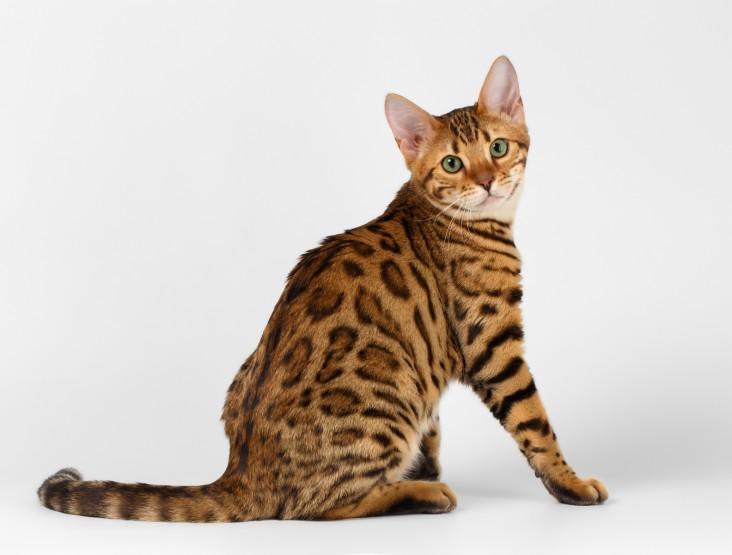
Commercial dog foods come in a variety of forms. The most common types are dry, semi-moist, and canned. The moisture content of these foods ranges from 6 to 10% for dry, 15 to 30% for semi-moist, and 75% for canned. Most canned food has relatively more fat and protein and fewer carbohydrates than does dry and semi-moist food, and generally contains much higher levels of animal products.
Most commercial dog foods today lack the nutrients most growing and active dogs require. That is why it is important to consult with your veterinarian to determine if dog nutritional supplements would benefit your dog.
PET FOOD ADDITIVES
Some other substances that might be found in pet foods, which are not required nutrients. This is why it is important that dog owners understand what nutrients are in their dog's food and how dogs use the various nutrients in food and dog nutritional supplements so they can choose a health diet and supplement program.
Some common yet not required nutrients you might find in your dog's food are:
Chondroprotective agents are used by the body to make cartilage and joint tissues.
Antioxidants work to prevent oxidative damage to nutrients and other compounds in the body and inhibit or quench the formation of free radicals.
Herbs and botanicals are used in pet foods either to provide flavor or, more often, to have a medicinal effect on the body. This is especially true in the case of extracts, where the classical nutritive components of the plant may be separated from the extract in the process.
Flavors and extracts derived from animal tissues such as poultry or fish are considered "natural" flavors. A wide variety of flavors can be derived from other animal and plant materials, including dairy products, eggs, herbs, and spices. Acceptable processing methods include roasting, extraction, and fermentation. Except for artificial smoke and bacon flavors, synthetic substances are rarely used in most dog and cat foods.
Colors are synthetic compounds used to replace or accentuate the inherent color of the food. Only certified colors approved for use in human foods are allowed in pet foods. Iron oxide is a synthetic but non-certified color that can be used at levels not to exceed 0.25% of the pet food product to give dog food a red, meaty appearance. Titanium dioxide is another common color additive in human and pet foods because it can induce a "brightness" in foods by complementing other color additives. Its use is limited to 1% of the food by weight.
Dog food labels must list the percentage of protein, fat, fiber, and water in the food. When reading labels, it is important to understand the nutritional needs of your dog and determine if dog nutritional supplements should be added to the diet.
 Getting Veterinary Care For Exotic Pets
Getting Veterinar
Getting Veterinary Care For Exotic Pets
Getting Veterinar
 Physical Changes In Male Cats After Castration
Physical Changes
Physical Changes In Male Cats After Castration
Physical Changes
 Signs of a sick bearded dragon
Download Bearded Dragon - Royalty Free Stock Imagefrom &co
Signs of a sick bearded dragon
Download Bearded Dragon - Royalty Free Stock Imagefrom &co
 Health Dangers For Dogs Over The Festive Season
Health Dangers Fo
Health Dangers For Dogs Over The Festive Season
Health Dangers Fo
 Winter Weather Tips for Your Pup
Winter Weather Tips for Your Pup
Its 2016, you
Winter Weather Tips for Your Pup
Winter Weather Tips for Your Pup
Its 2016, you
Copyright © 2005-2016 Pet Information All Rights Reserved
Contact us: www162date@outlook.com